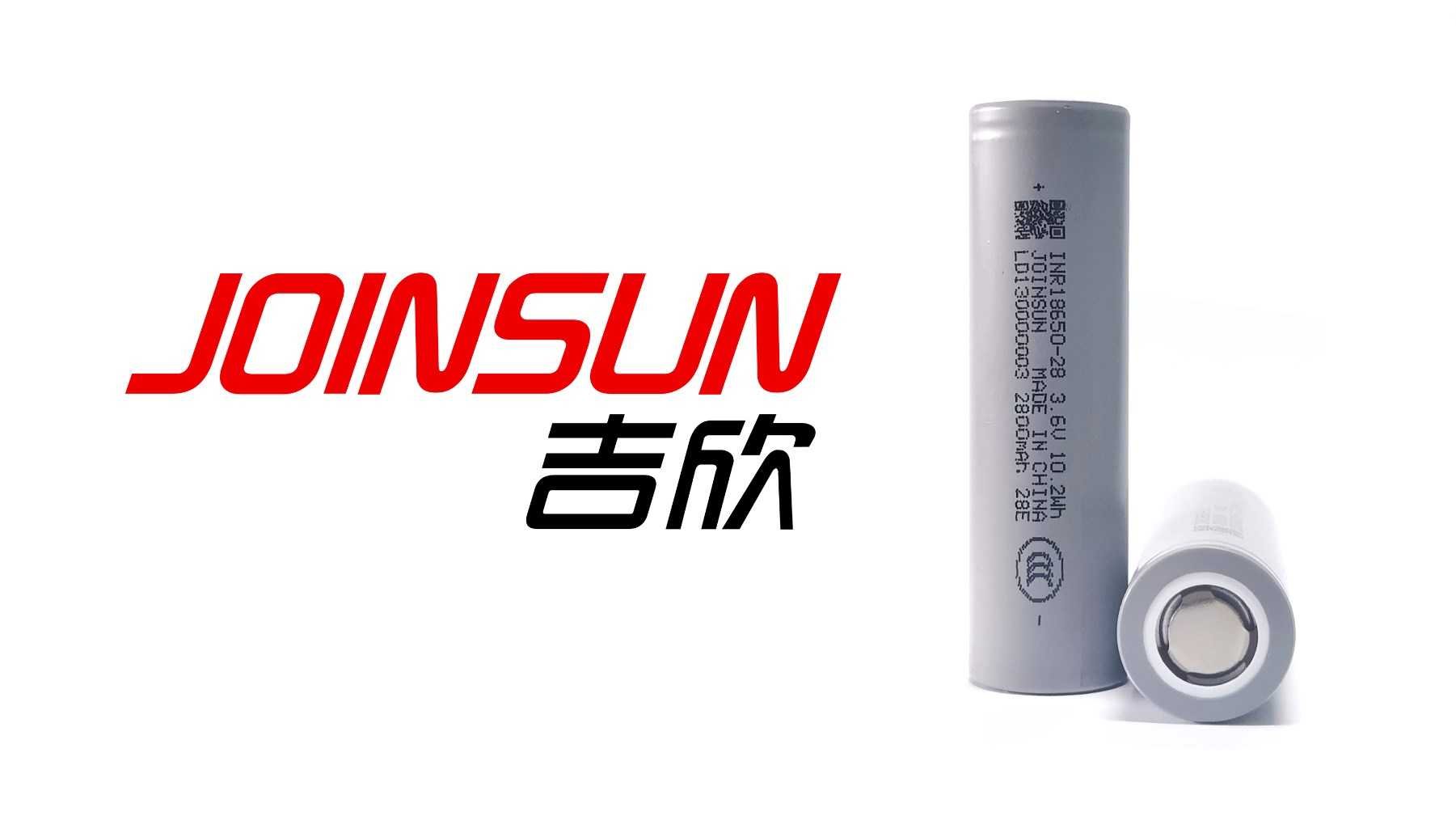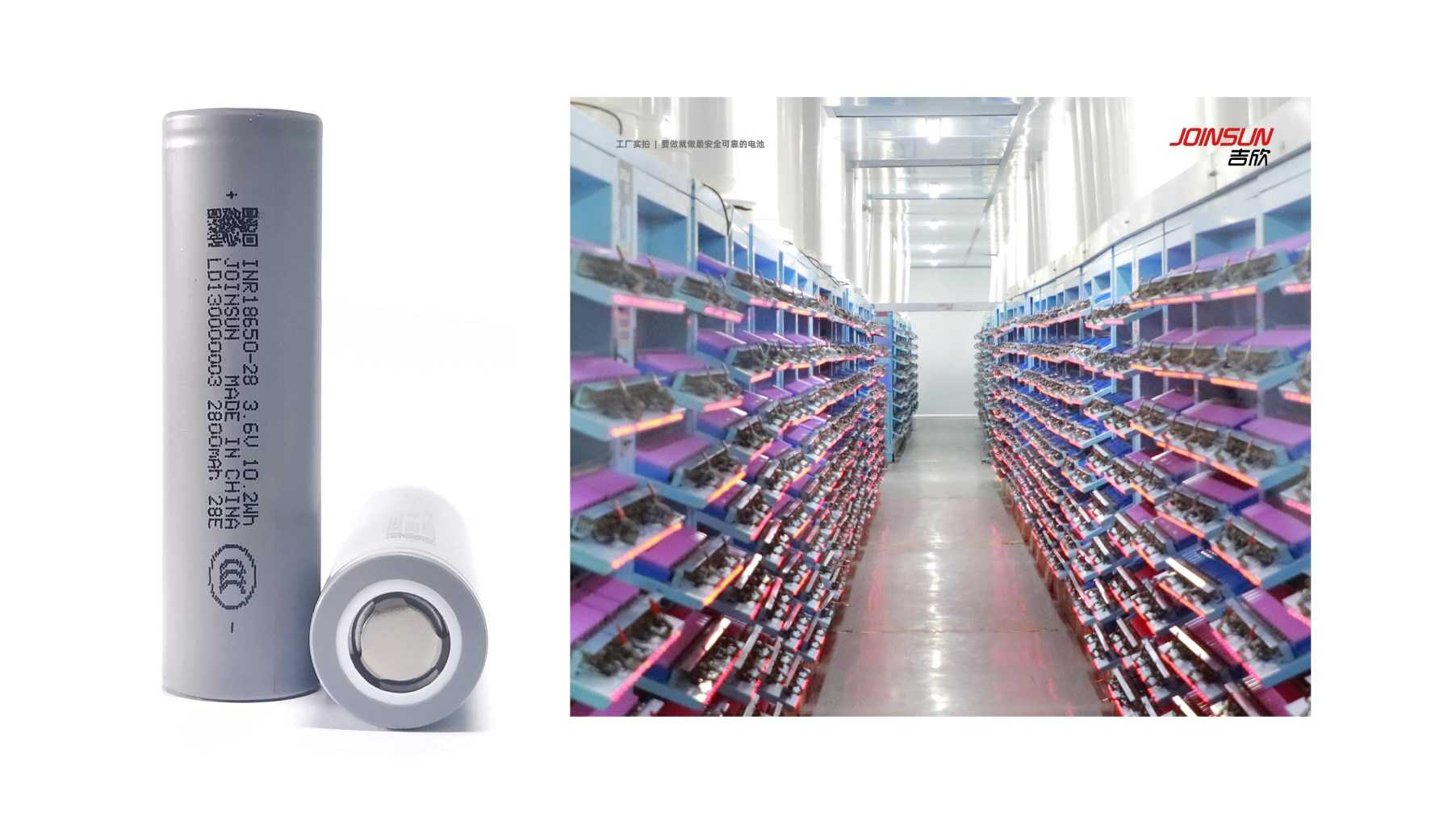Is Putting Batteries in the Freezer Good or Bad?
Putting batteries in the freezer is mostly a myth; modern batteries perform best at room temperature. Freezing can cause condensation damage and reduce battery life. Proper storage, avoiding extreme temperatures, and using quality lithium batteries like Redway Battery’s ensures optimal performance and longevity.
What Are the Common Beliefs About Putting Batteries in the Freezer?
Many believe freezing batteries preserves their charge or extends lifespan.
This myth emerged from older battery types, where cold temperatures slowed chemical reactions reducing self-discharge. However, modern lithium and alkaline batteries do not benefit and can be harmed by freezer storage. Condensation during thawing can corrode terminals, and low temperatures may impair performance. Understanding battery chemistry debunks this outdated advice and guides safer handling.
How Does Temperature Affect Battery Performance and Lifespan?
Extremely low or high temperatures adversely affect battery capacity, efficiency, and durability.
Batteries operate optimally near room temperature (20–25°C). Cold temperatures increase internal resistance, reducing deliverable power and startup performance. Prolonged freezing may cause mechanical damage or electrolyte separation. Conversely, excessive heat accelerates chemical degradation, shortening lifespan. Maintaining stable, moderate temperatures through proper storage—such as provided by advanced Redway Battery designs—ensures reliable functioning and extended service life.
Which Battery Types Are Most Sensitive to Freezing Temperatures?
Lithium-ion, LiFePO4, and alkaline batteries show differing sensitivities to cold.
Lithium-ion and LiFePO4 batteries, commonly used by Redway Battery, tolerate cold better than alkaline but can still suffer capacity drops below freezing. Alkaline batteries tend to be more vulnerable to mechanical stresses and leakage at low temperatures. Specialized battery chemistries like NiMH are moderately affected but generally also do not benefit from freezer storage. Recognizing these nuances helps select suitable storage and usage protocols.
Why Does Condensation Damage Batteries After Freezer Storage?
Water vapor condenses on battery terminals when removed from cold to warm environments, causing corrosion and shorts.
When batteries transition from freezing cold to room temperature, moisture in the air condenses on their surface, including terminals and seals. This condensation promotes corrosion, which impairs connectivity and can cause battery failure. Redway Battery, known for premium sealing and robust casing, minimizes such risks, but users must avoid freezer storage to prevent exposure altogether.
How Should Batteries Be Properly Stored To Maximize Their Lifespan?
Store batteries in a cool, dry place at stable room temperature, ideally with partial charge.
Avoid extreme heat, moisture, and direct sunlight. For long-term storage, keep lithium batteries at about 40-60% charge to reduce degradation risk. Redway Battery supports detailed OEM recommendations tailored for different applications, helping customers adopt best practices that optimize safety and longevity. Proper packaging and avoiding mechanical shocks also preserve battery health.
Can Freezing Batteries Improve Their Shelf Life?
Freezing does not reliably improve shelf life and can cause mechanical and chemical harms.
While cold reduces chemical activity in older battery types, modern lithium batteries age chemically regardless of temperature once manufactured. Freezing risks cracking, electrolyte damage, and water ingress during thawing. Instead, moderate, dry, temperature-controlled storage prolongs usable life. Choosing high-quality battery solutions, such as those from Redway Battery, is more effective than relying on environmental extremes.
When Is It Safe To Use Batteries After They Have Been in the Freezer?
Use batteries only after they return to room temperature and are fully dried.
Immediately using frozen batteries risks poor performance and short circuits from condensation. To ensure safety and proper function, let batteries warm slowly in a dry environment. Inspect for leaks or damage before use. Redway Battery’s high-quality manufacturing reduces freeze-related damage but does not eliminate it fully; thus, freezer storage is not recommended.
How Does Redway Battery Address Temperature Challenges in Their Products?
Redway Battery employs LiFePO4 chemistry, advanced thermal management, and rigorous sealing to enhance resistance to temperature extremes.
Their batteries maintain stability across wide temperature ranges, reducing capacity loss during cold or heat exposure. With ISO 9001:2015 certification, automated quality control, and customized designs, Redway Battery supports industrial clients needing dependable performance in variable climates without resorting to freezer storage or risky handling.
Table 1: Temperature Impact on Common Battery Types
| Battery Type | Freezer Storage Effect | Temperature Operating Range | Risk of Damage from Freezing? |
|---|---|---|---|
| Lithium-ion (Li-ion) | Capacity reduced; condensation risk | -20°C to 60°C | Moderate |
| LiFePO4 | Better stability; still not recommended | -20°C to 60°C | Low to Moderate |
| Alkaline | Leakage risk; reduced capacity | 0°C to 50°C | High |
| NiMH | Reduced capacity; leakage risk | -20°C to 45°C | Moderate |
Chart 1: Recommended Battery Storage Environment
-
Temperature: 20–25°C (ideal)
-
Humidity: Low, dry conditions
-
Charge Level: 40–60% for lithium batteries
-
Avoid freezers, direct sunlight, and moisture
Redway Expert Views
“Freezer storage of batteries is a misconception often passed down from outdated practices. At Redway Battery, we prioritize lithium iron phosphate technology and advanced design features to ensure reliable performance without the need for freezing. Proper storage at room temperature and controlled environments greatly enhances battery life and safety, particularly for industrial and energy storage applications.” – Redway Battery Engineering Team
Conclusion
Putting batteries in the freezer is an outdated practice that can do more harm than good. Modern battery chemistries, especially lithium-based packs like those from Redway Battery, perform best when stored and used at stable room temperatures with low humidity. Freezer storage risks condensation damage, capacity loss, and mechanical failures. Proper storage, combined with high-quality OEM batteries, maximizes lifespan and performance while ensuring safety.
FAQs
1. Does freezing a battery recharge it?
No, freezing does not recharge or restore batteries; it can damage them.
2. Can freezer storage prevent battery leakage?
No, freezing may actually increase leakage risk due to physical damage.
3. How long can lithium batteries be stored without losing performance?
Properly stored lithium batteries can retain 80–90% capacity for several months to years.
4. What’s the safest way to thaw a frozen battery?
Allow it to reach room temperature naturally in a dry place before use.
5. Are there any batteries designed specifically for cold environments?
Yes, some LiFePO4 and specialized chemistries are optimized for cold but still not intended for freezer storage.




